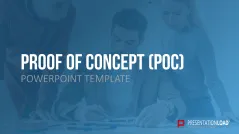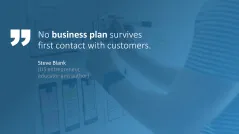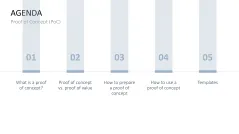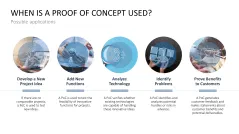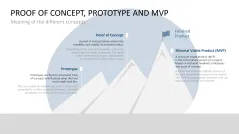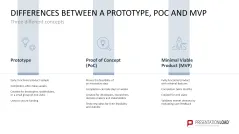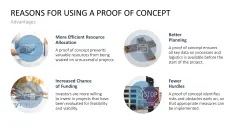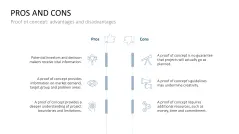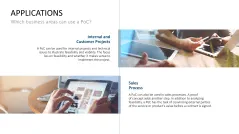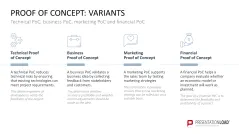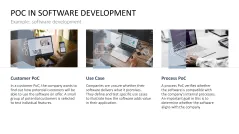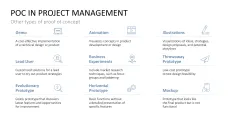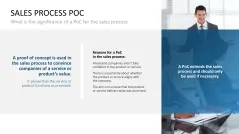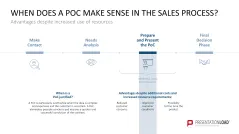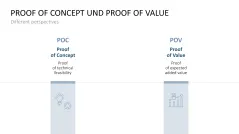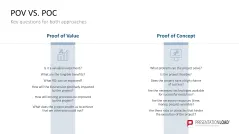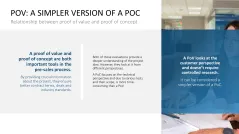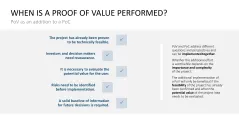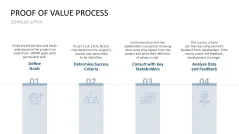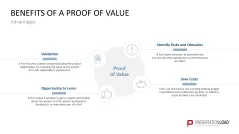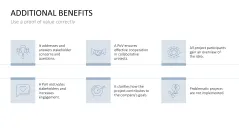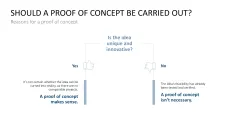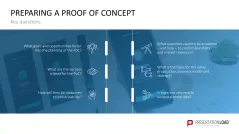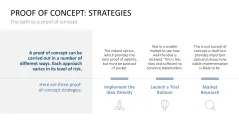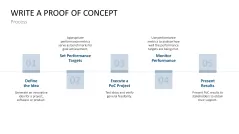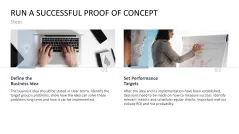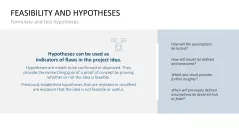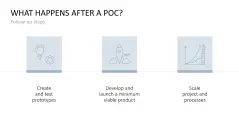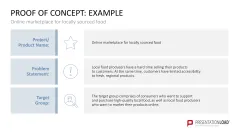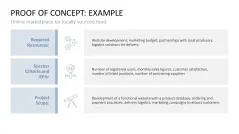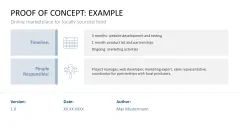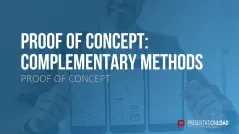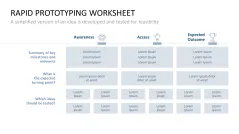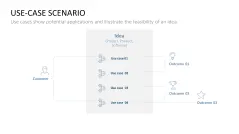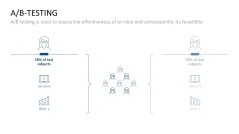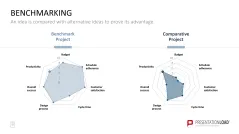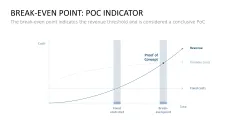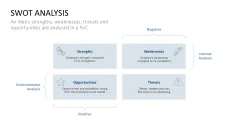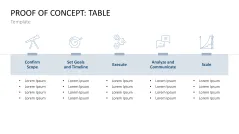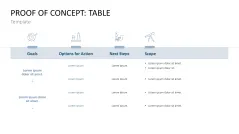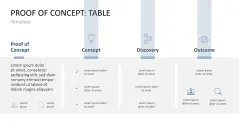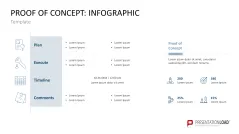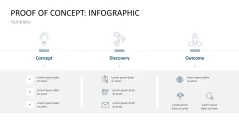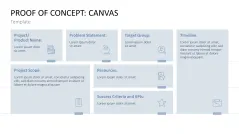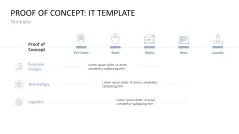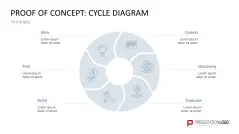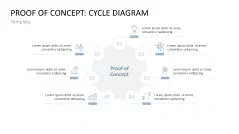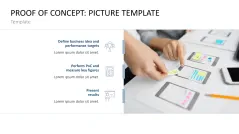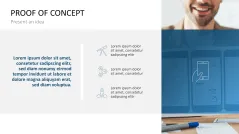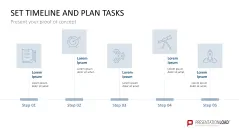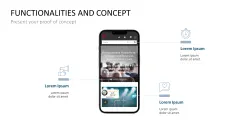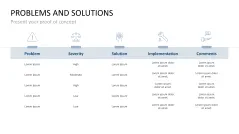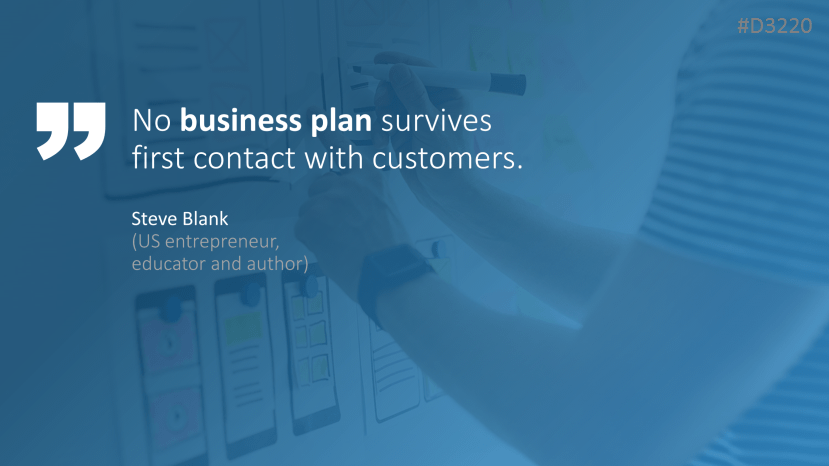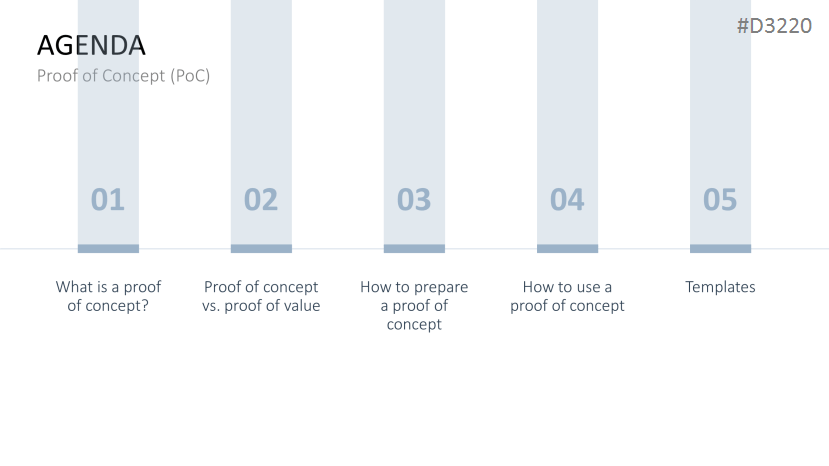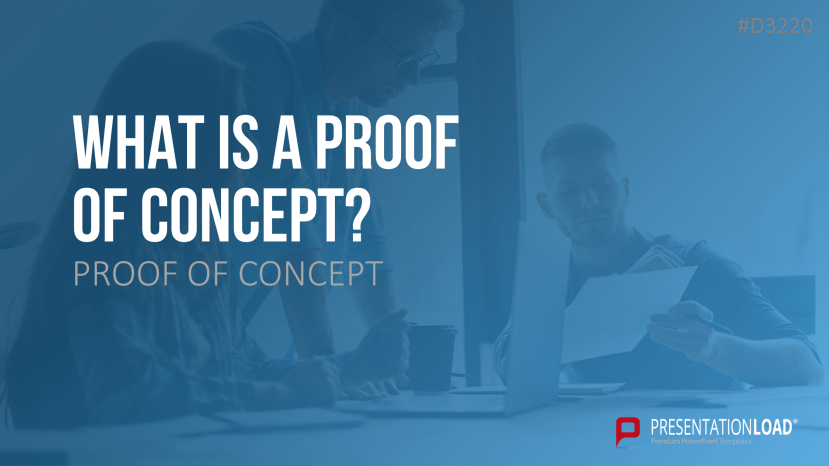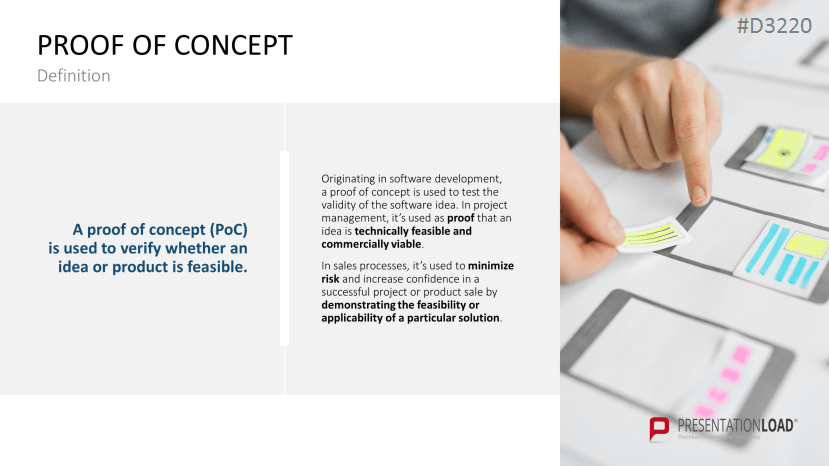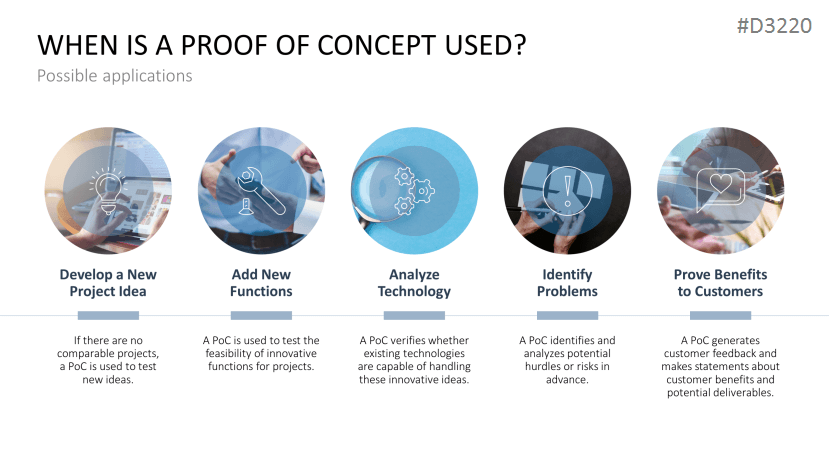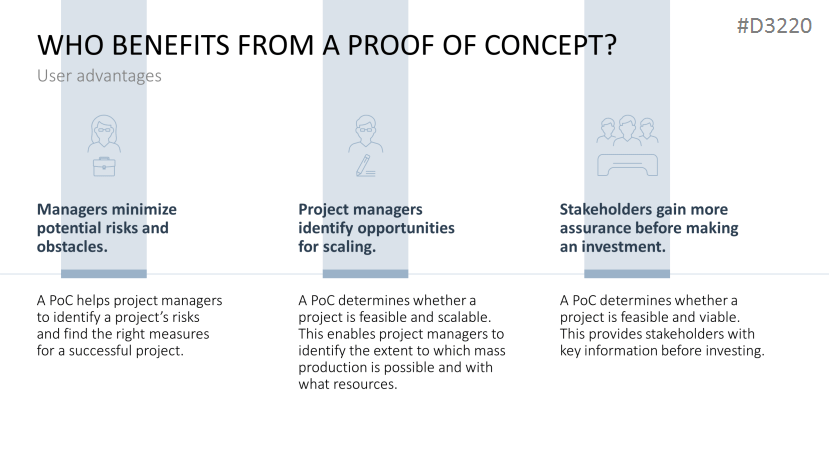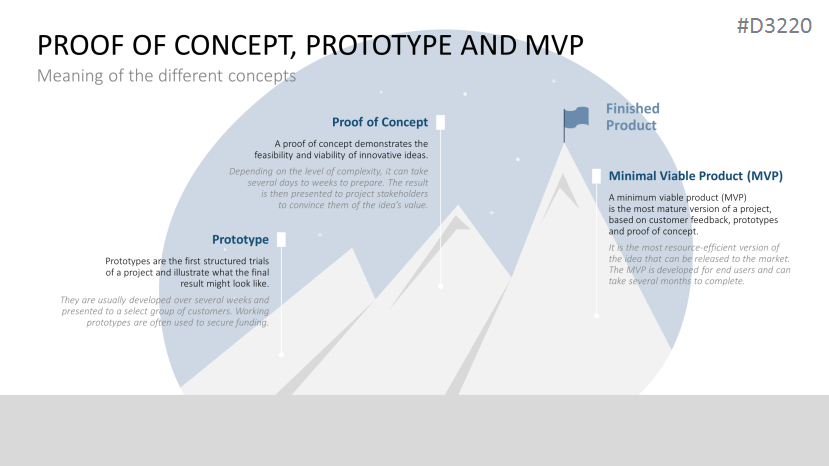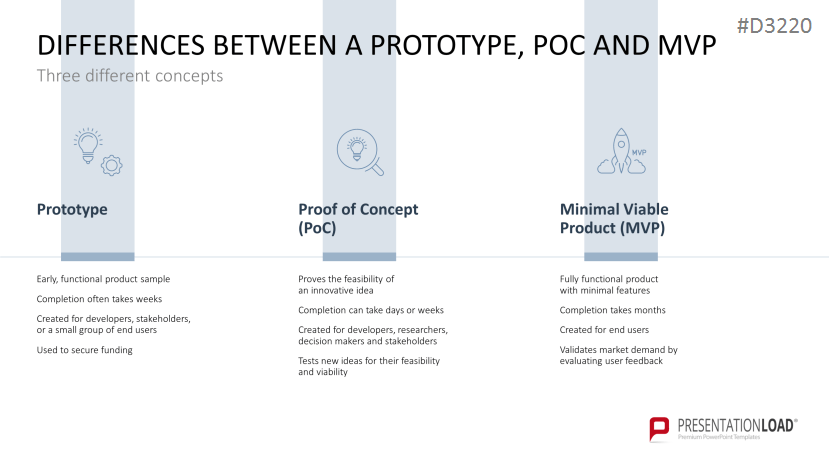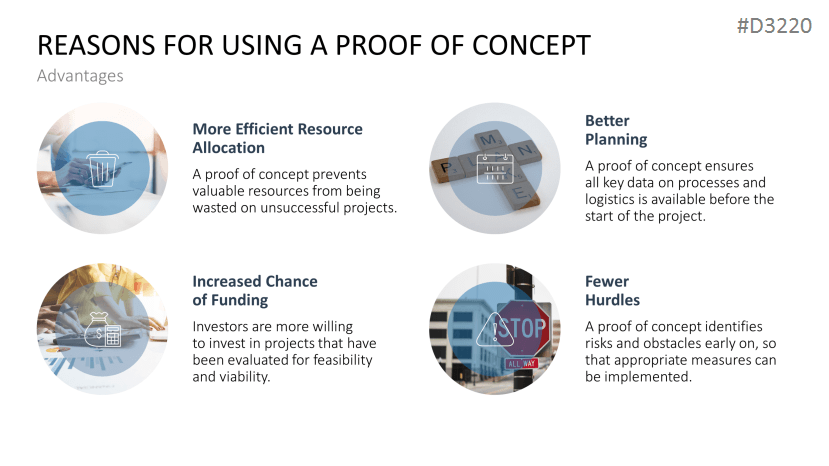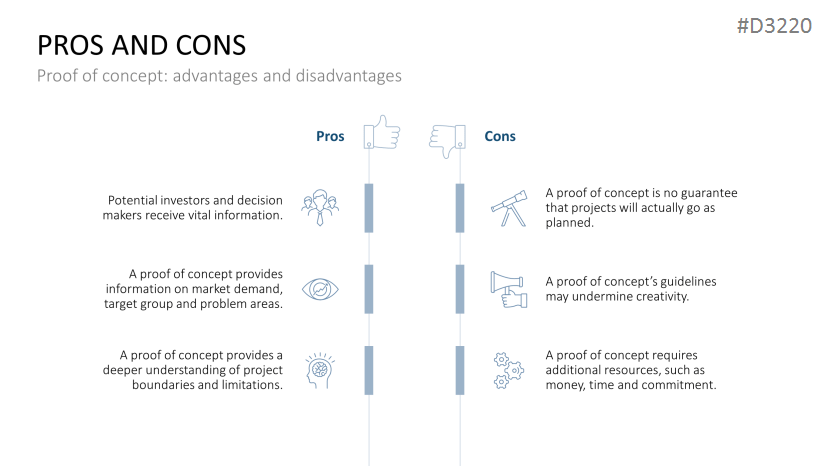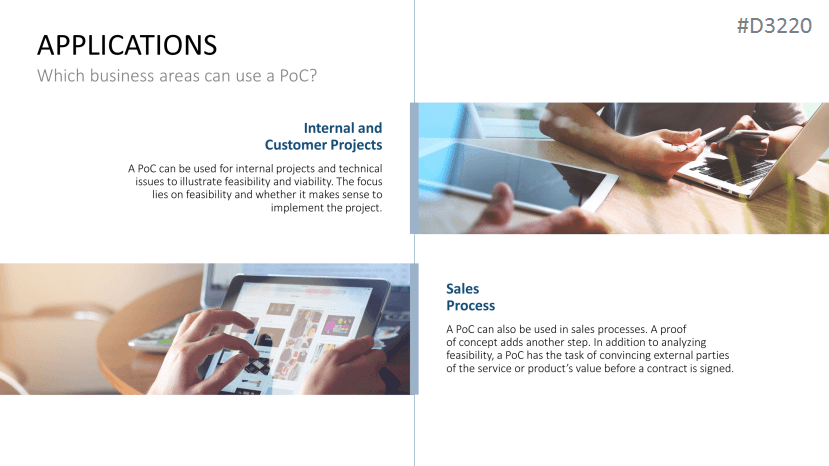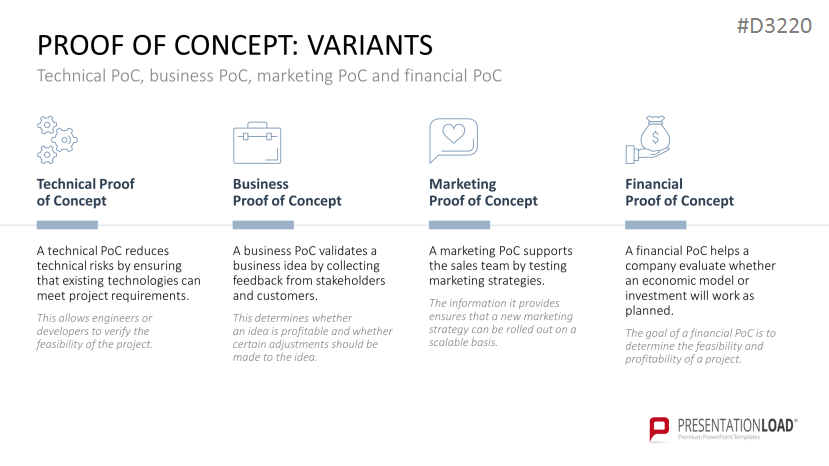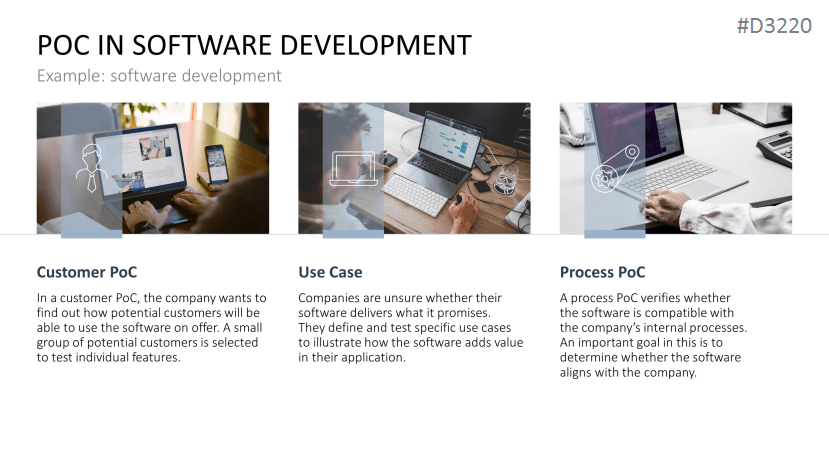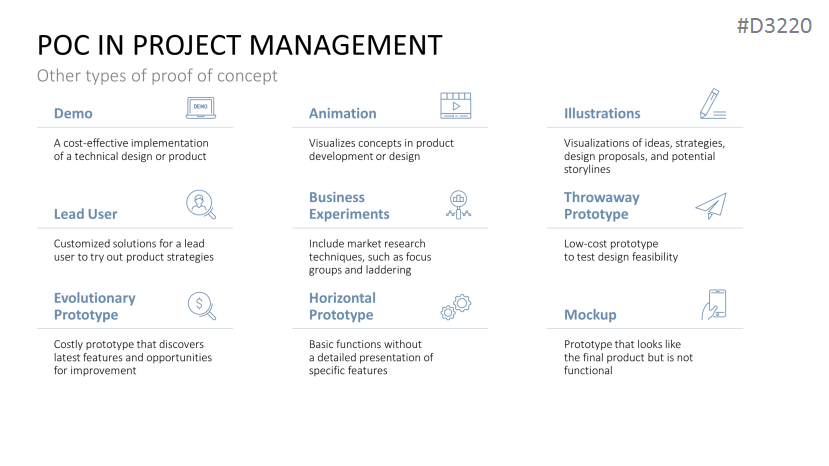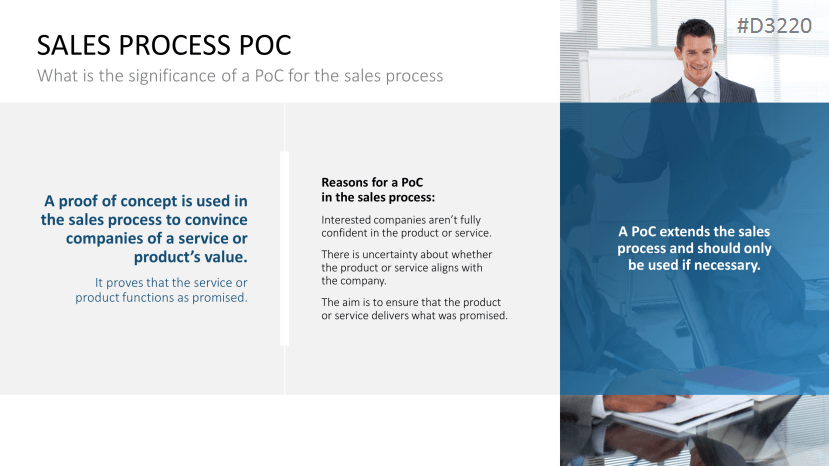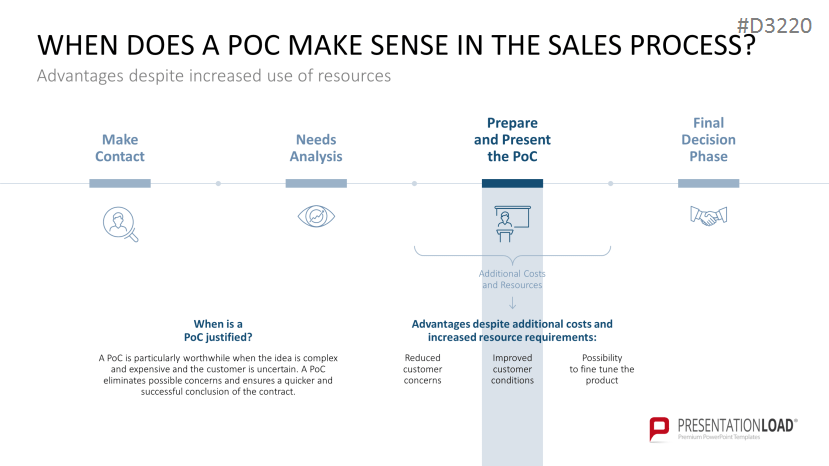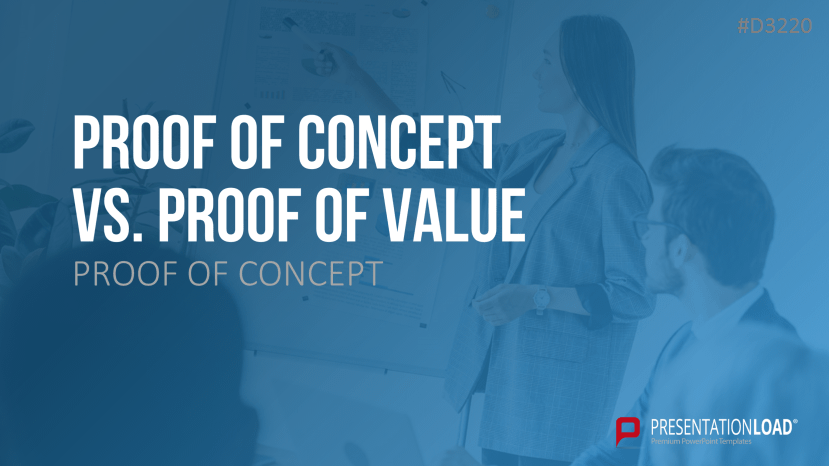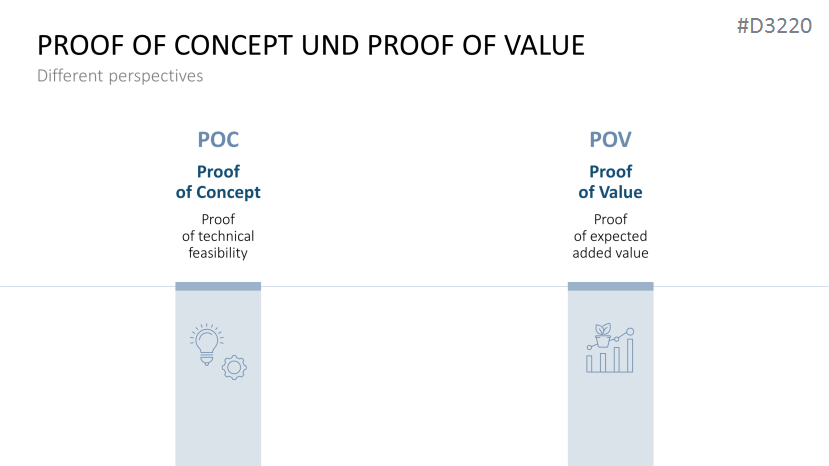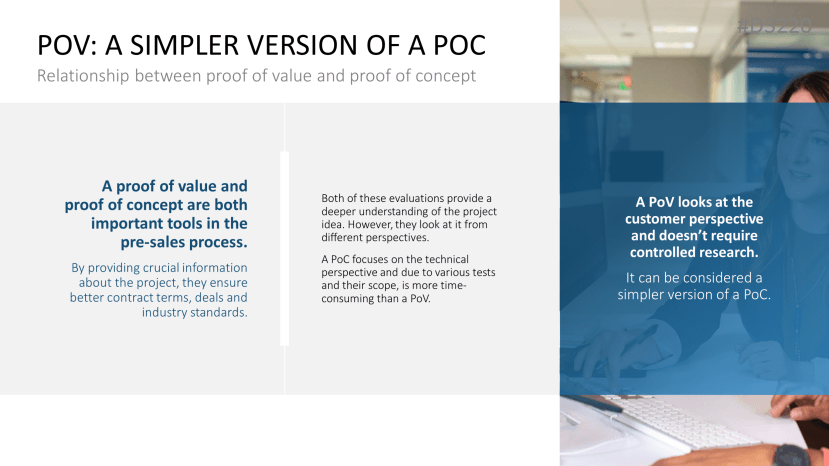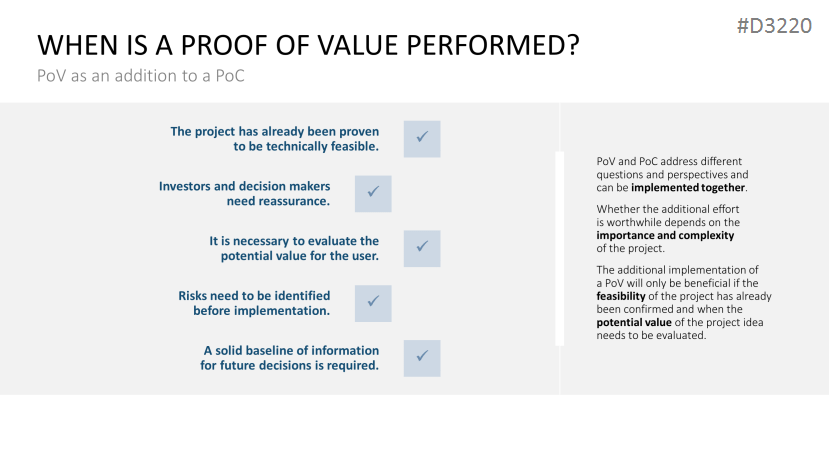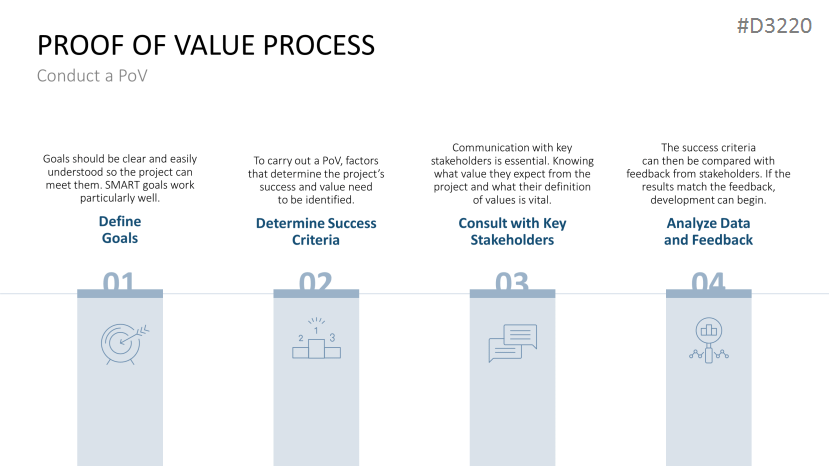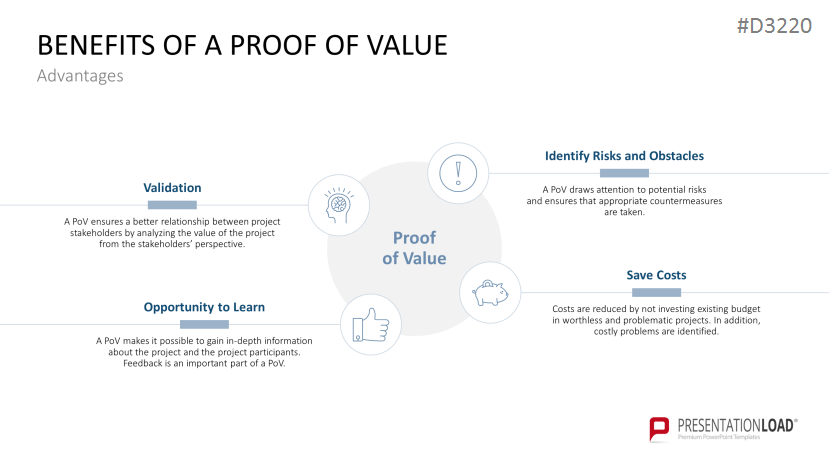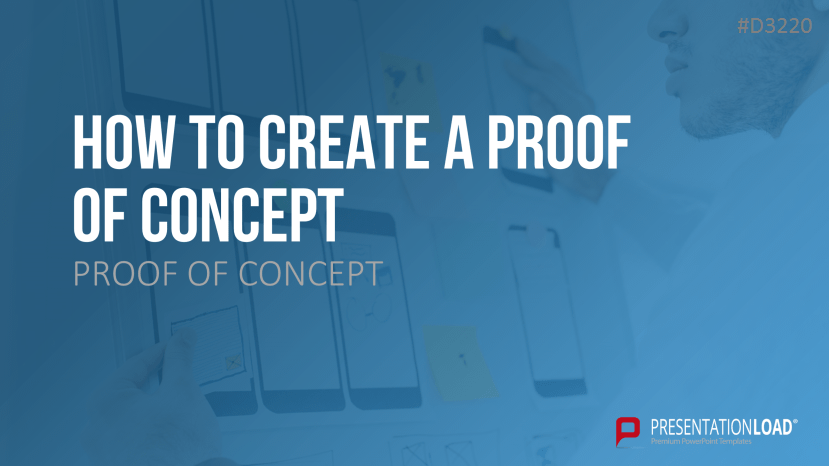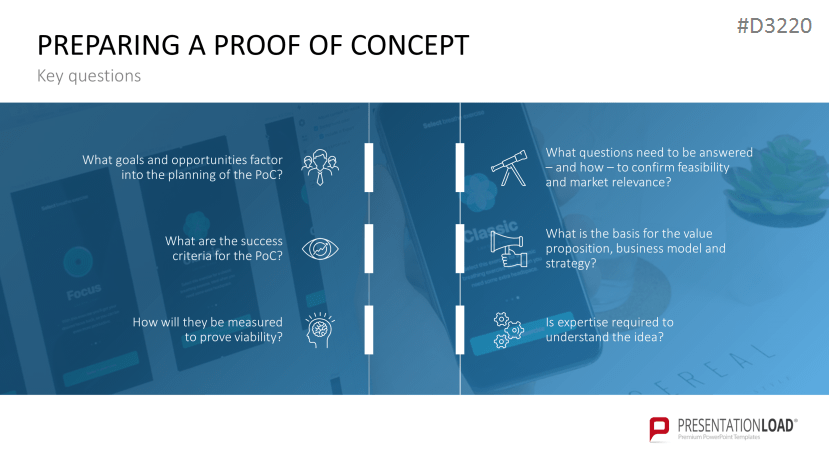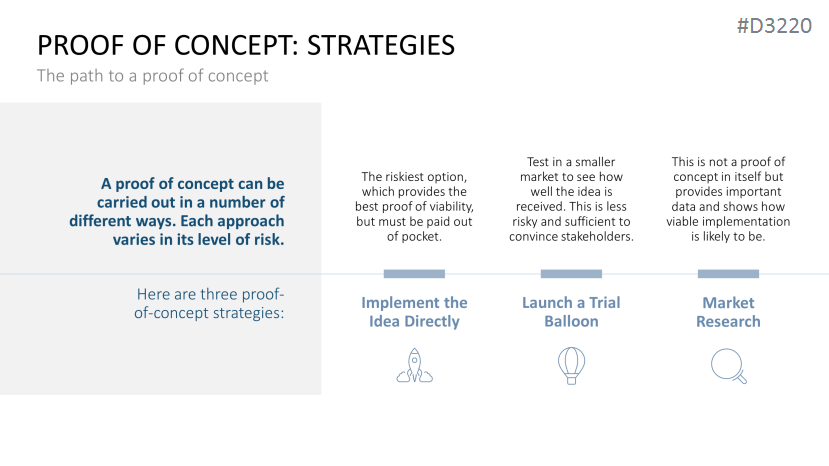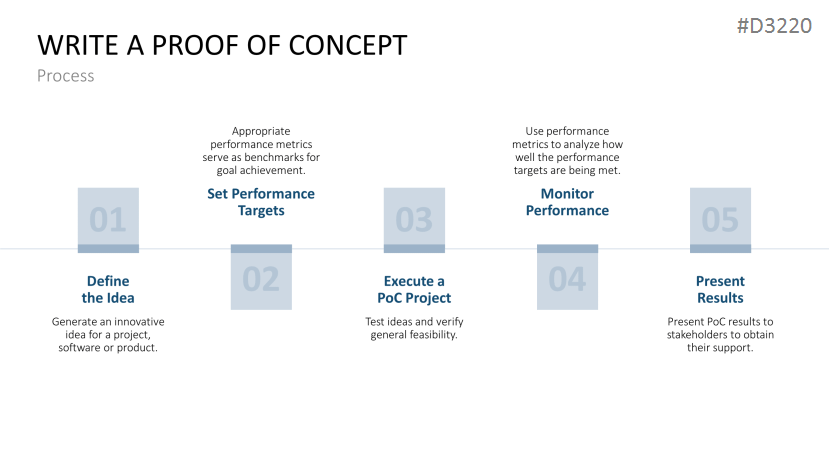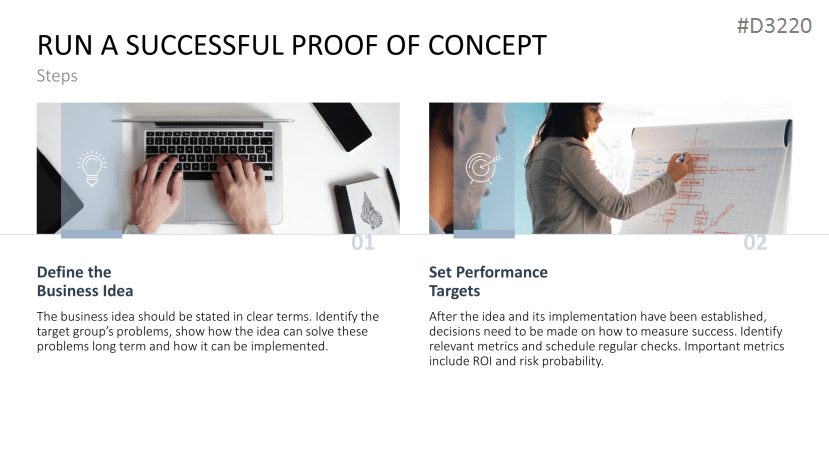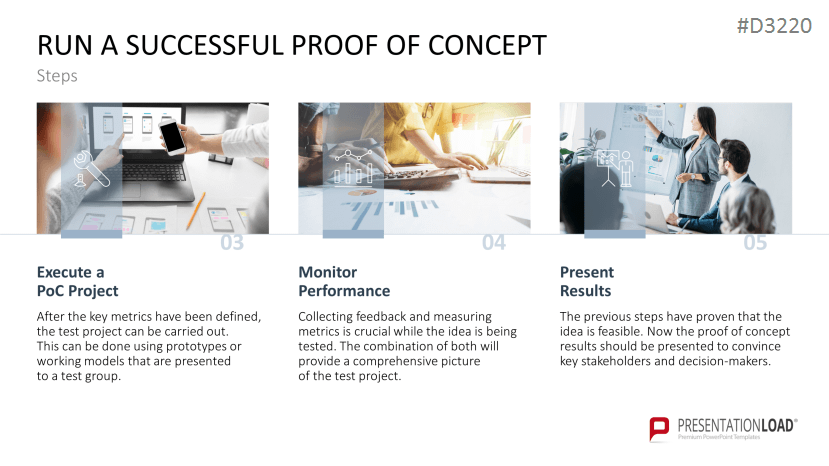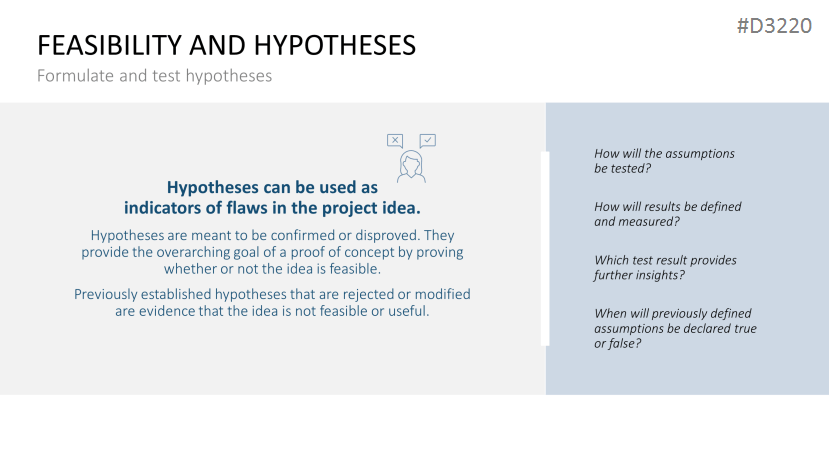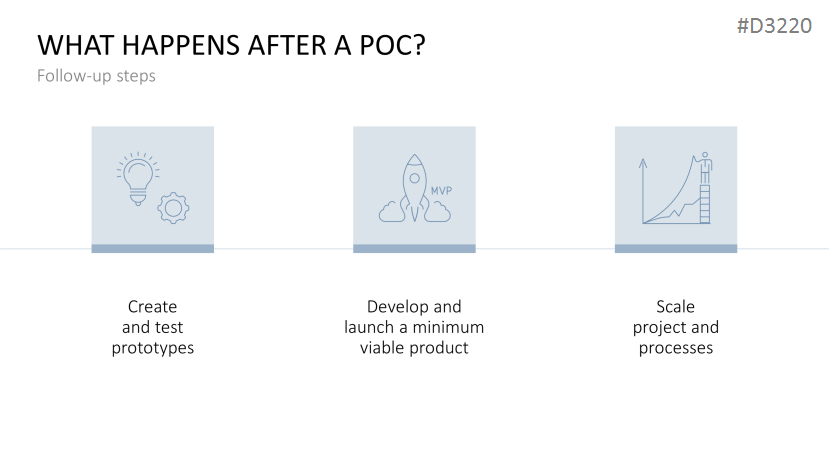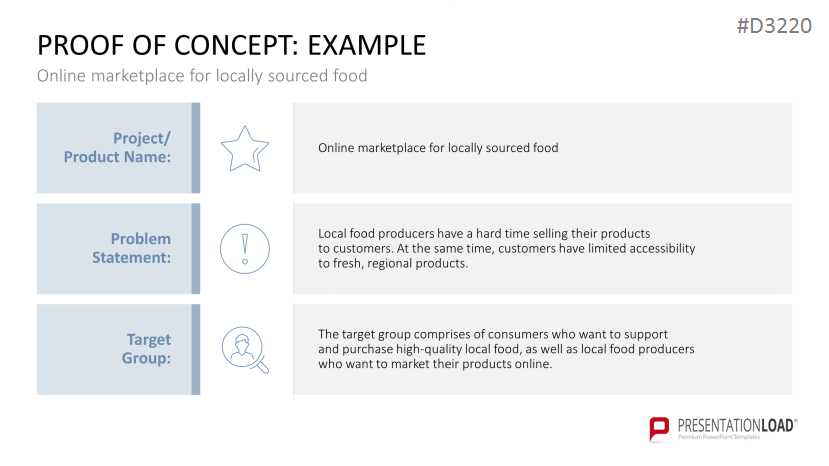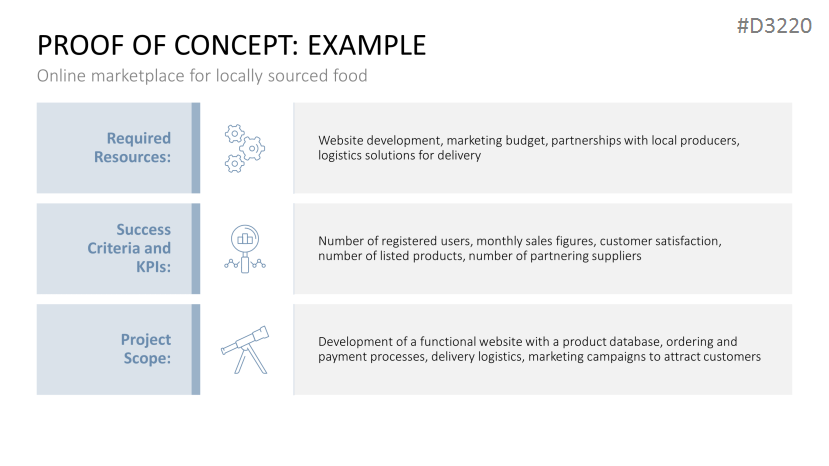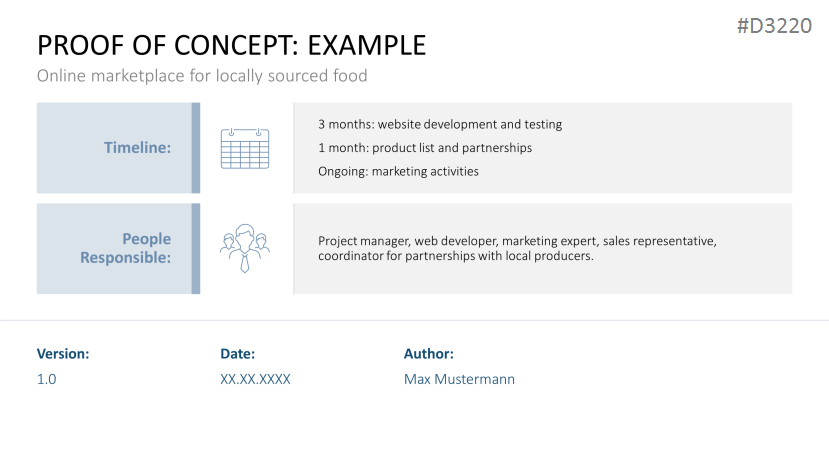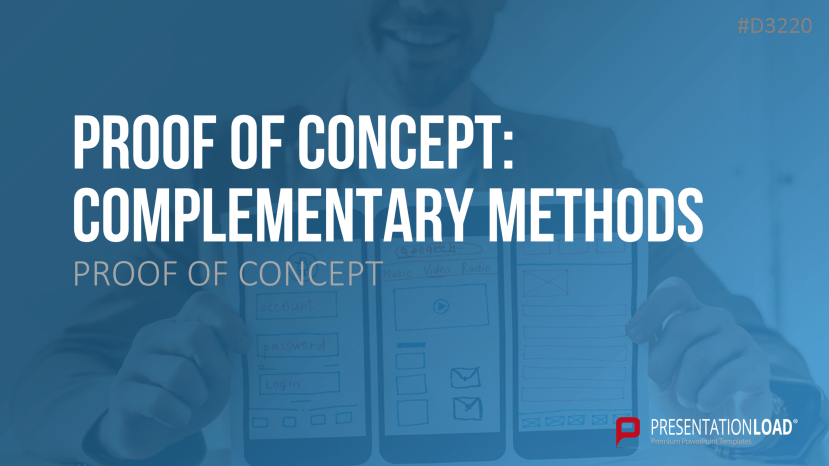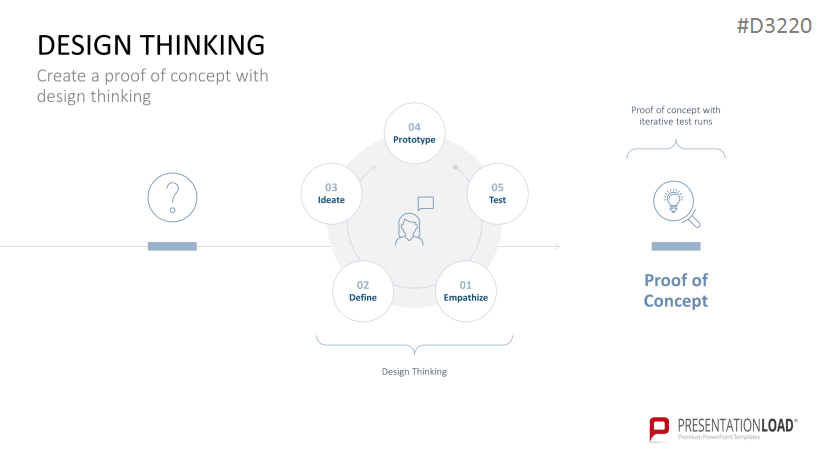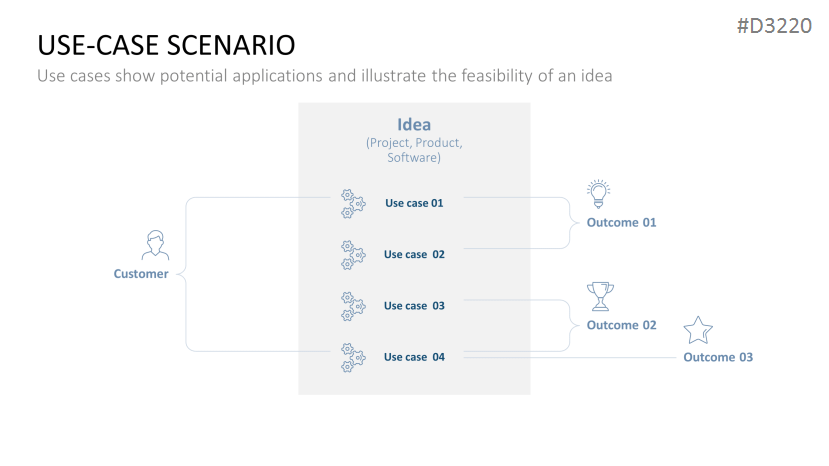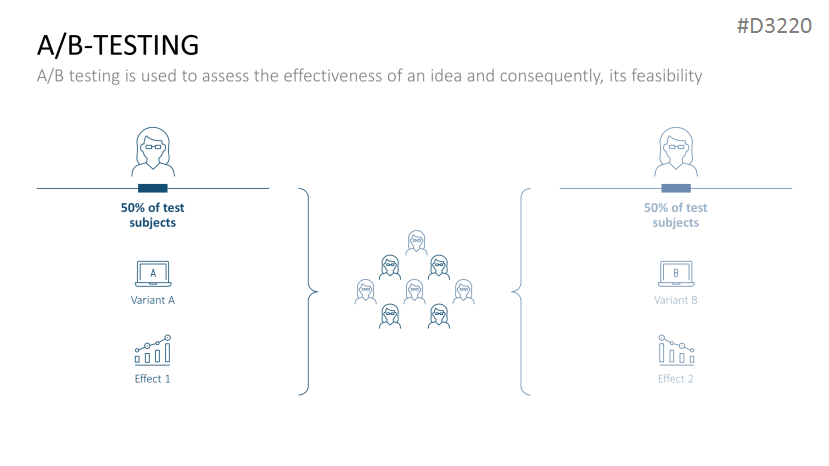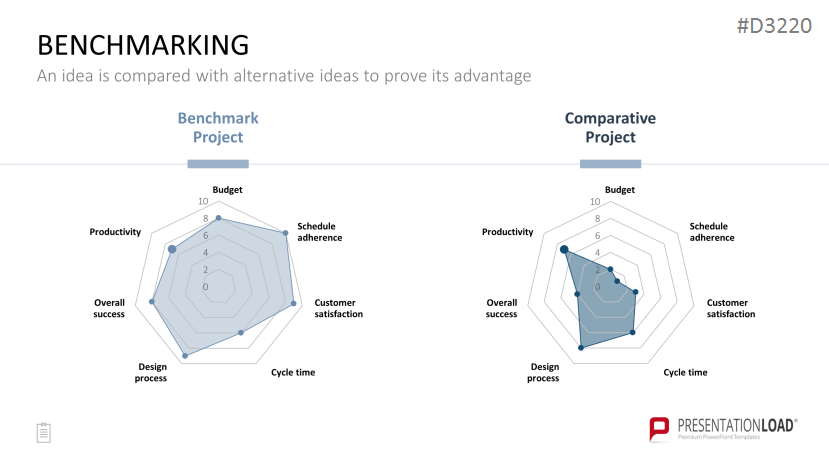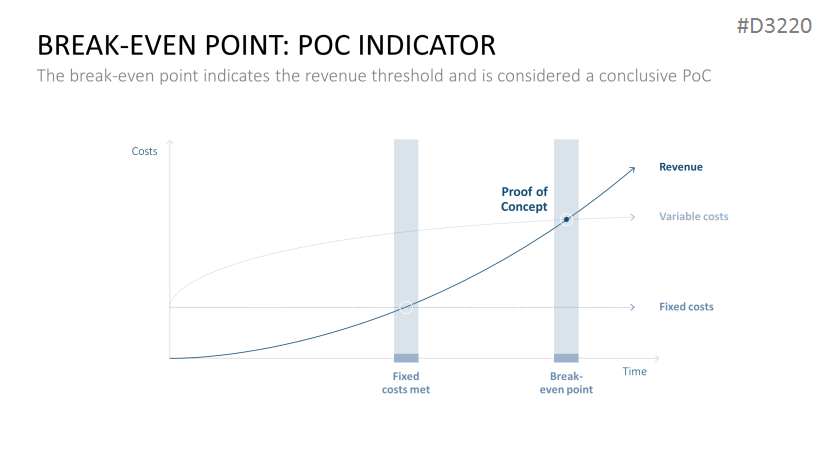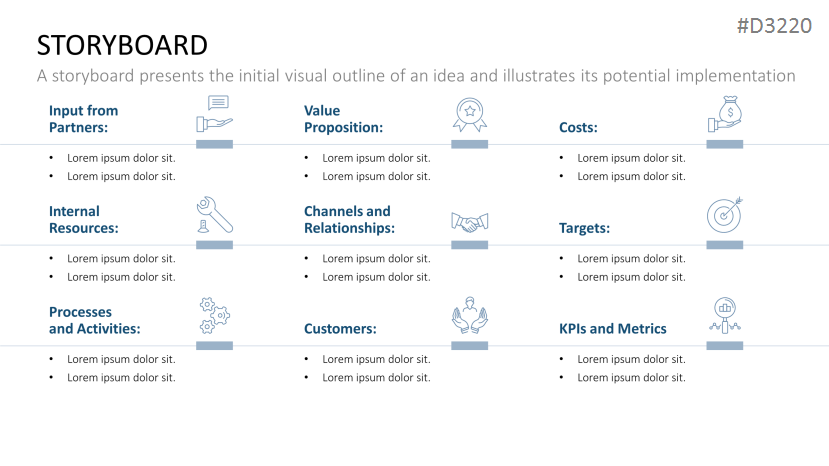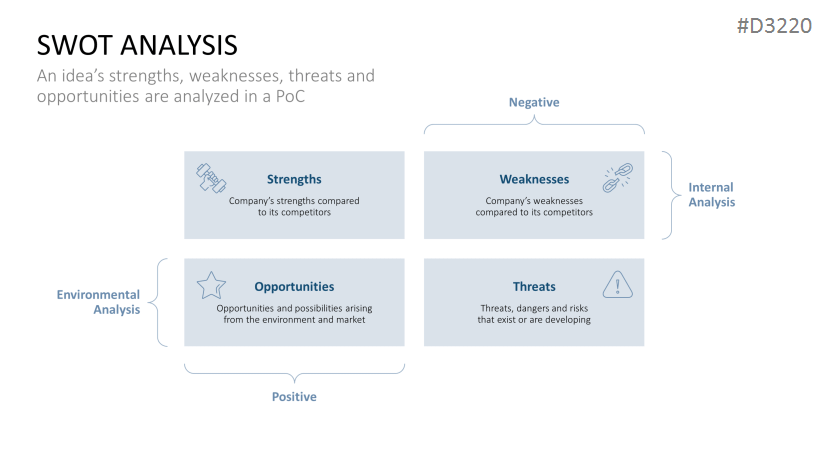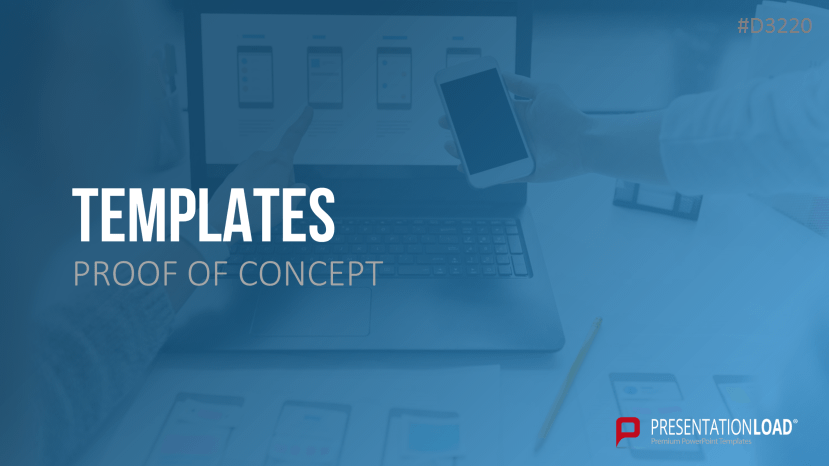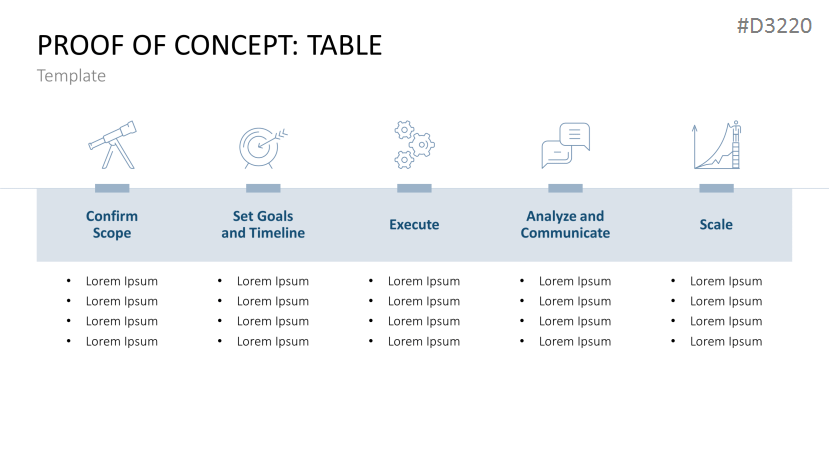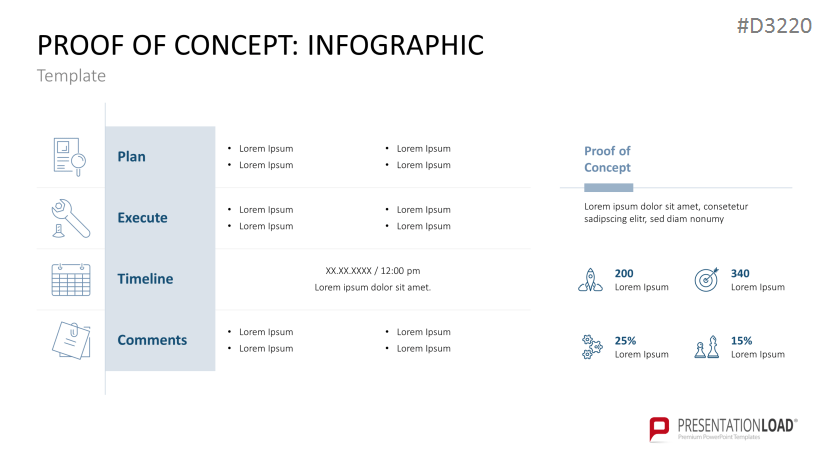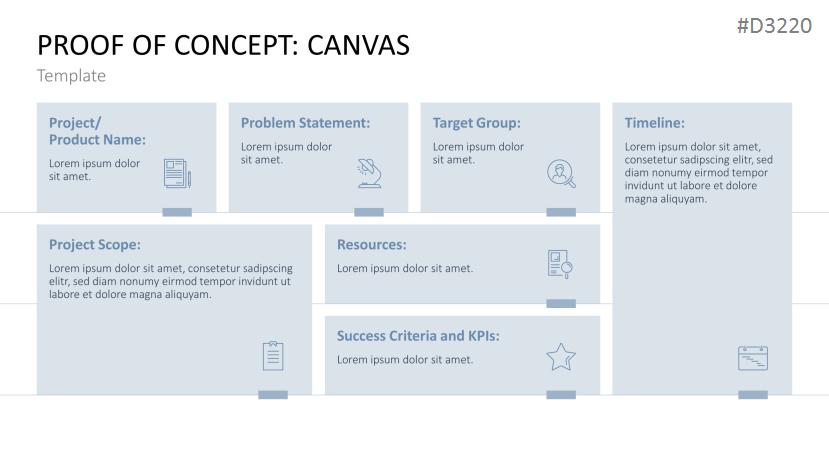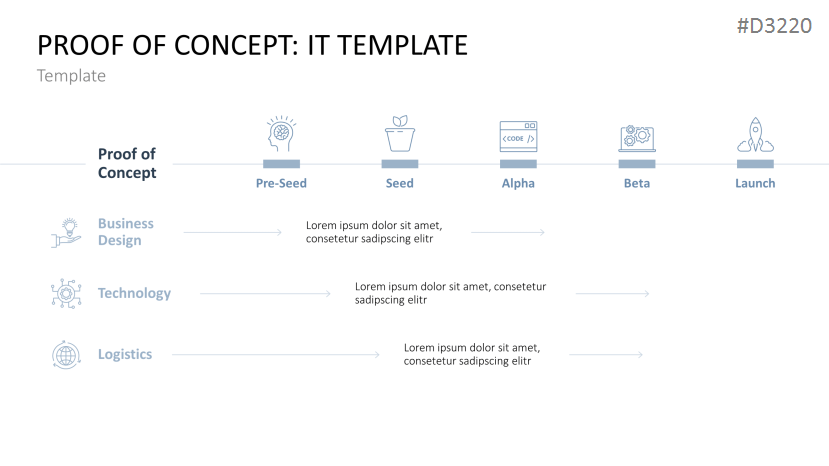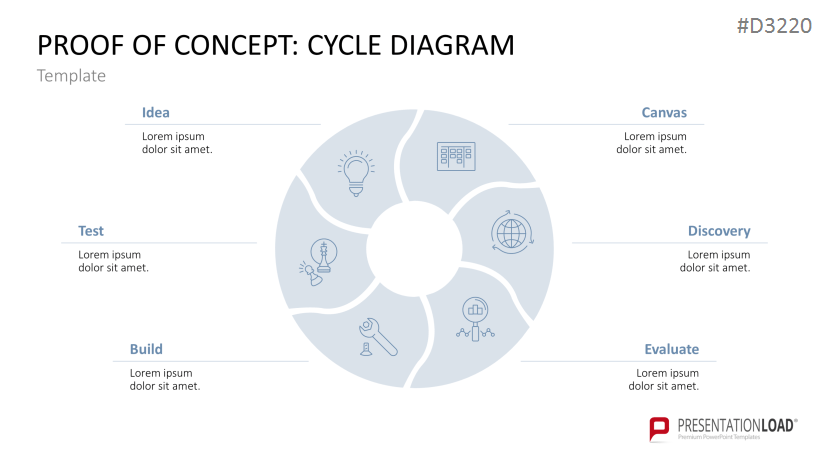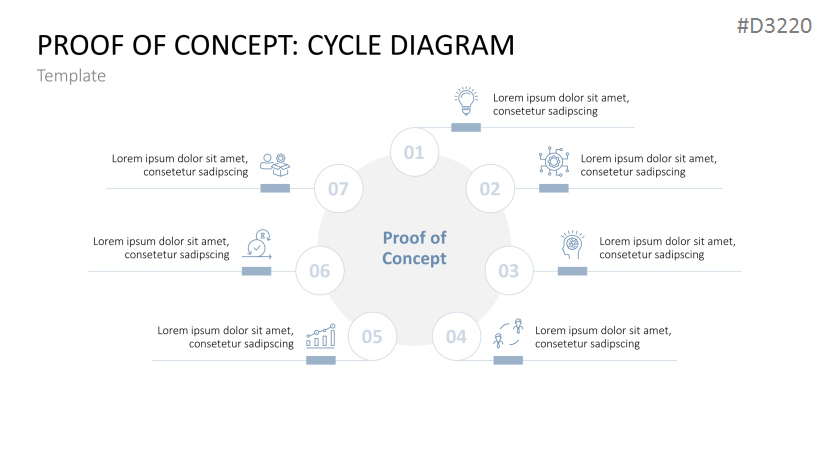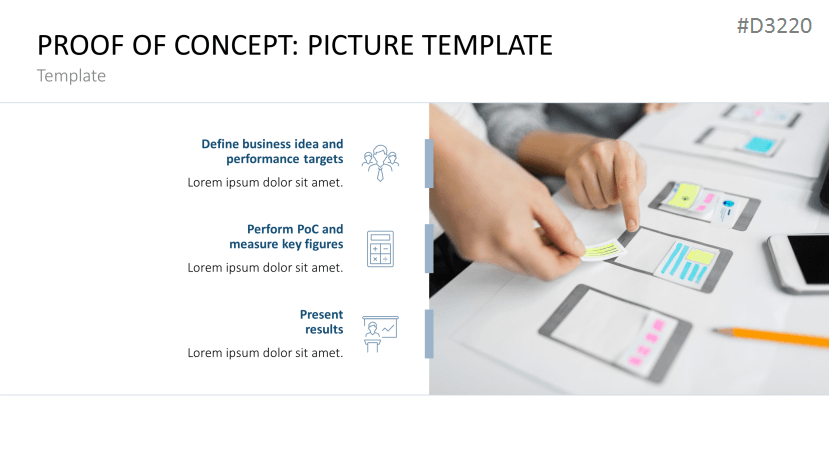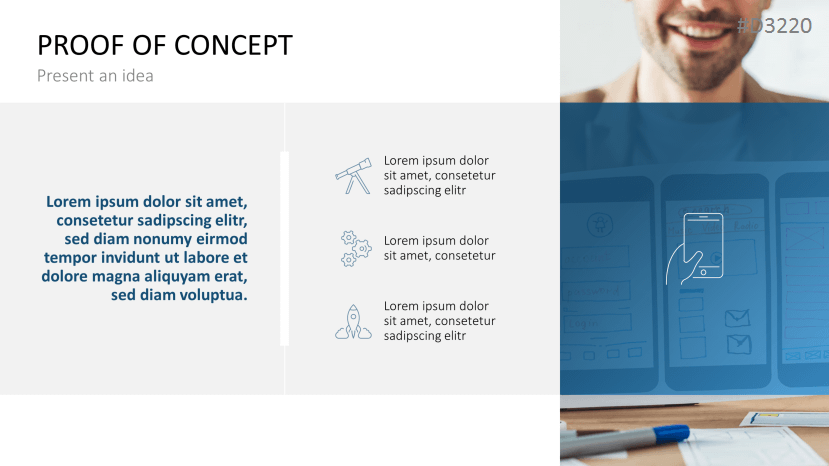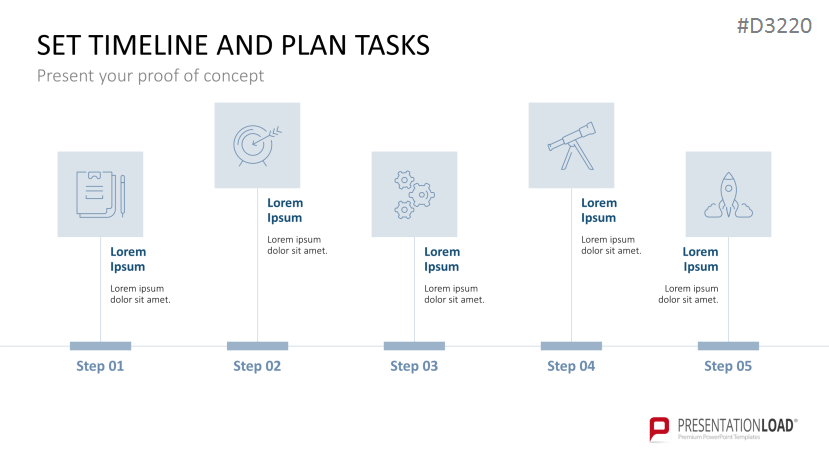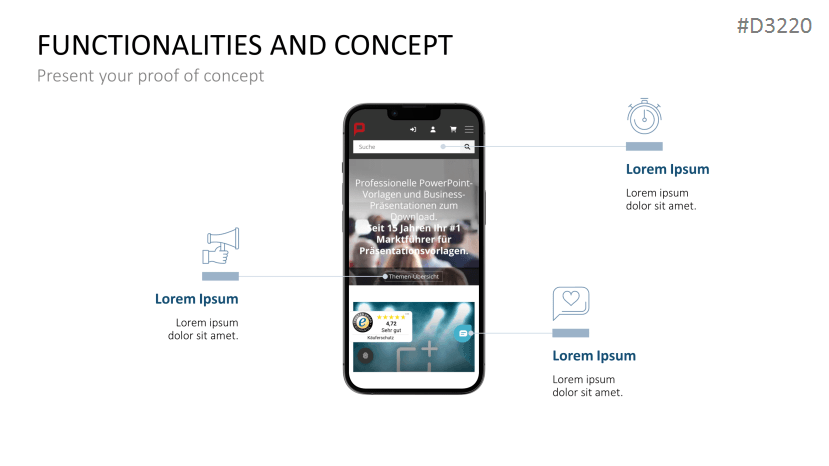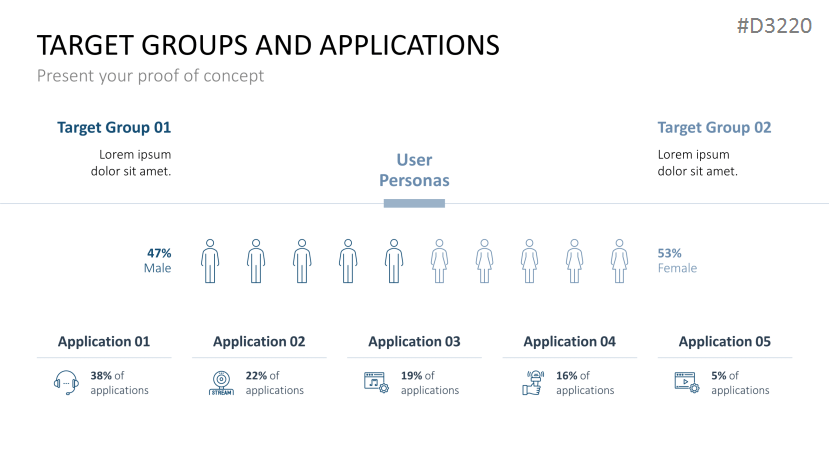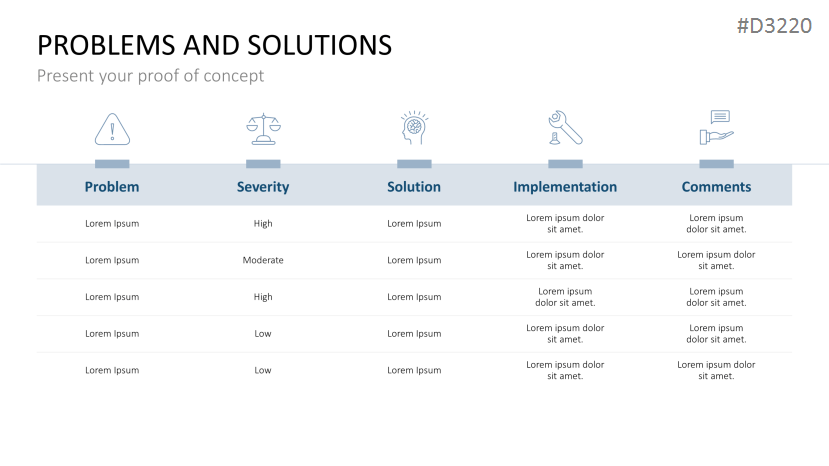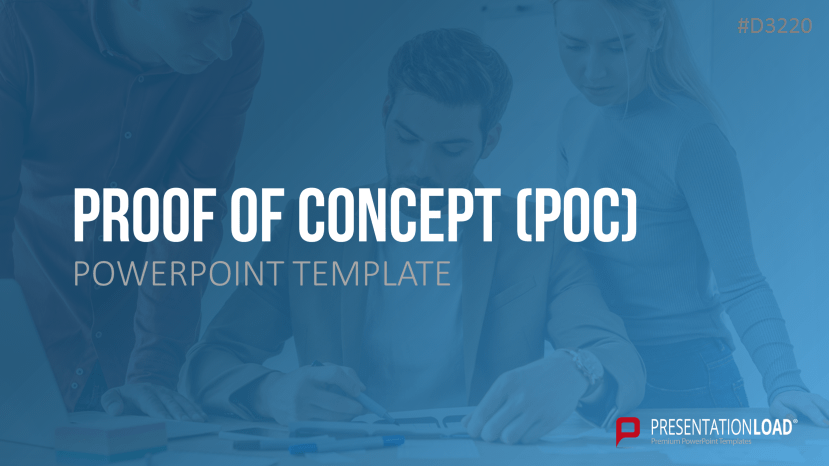
What is a proof of concept?
A proof of concept (PoC) verifies whether an idea or product can be turned into reality. It represents an important phase in the development and innovation process to predict a project’s feasibility and viability. It involves analyzing an idea’s performance and benefits to provide assurance before major investments are made. A PoC can help teams identify potential problems, minimize risks and make the right decisions. Using a PoC allows companies to gather customer feedback and validate market demand.
When is a proof of concept used?
A proof of concept is necessary for an innovative idea that has never been implemented before and for which there are no comparable projects. It involves formulating hypotheses for an innovative project idea and specifying success criteria to either confirm or reject these hypotheses. This data is generated through small-scale experiments, prototypes and/or market research that extensively test the ideas and verify feasibility. If the data supports the project's feasibility, the proof of concept can be presented to all key decision-makers, investors and stakeholders. This ensures that well-founded decisions can be made.
A PoC can also be used to increase a potential customer’s confidence in the company’s product or service. This type of PoC is carried out in the lead-up to a conclusion of contract and provides the customer with proof of the product/service’s suitability to the customer’s specific application.
Proof of concept vs. proof of value
A proof of concept (PoC) and a proof of value (PoV) are concepts for evaluating ideas, products and services. A proof of concept focuses on demonstrating the feasibility and viability of an idea. By developing a prototype or experimental environment, the PoC demonstrates that the basic concept works, and potential problems can be identified. The focus is often on technical implementation and validation.
A proof of value focuses on the business value of an idea, product or service. The primary focus is on whether the idea can provide added value for the company and its customers. Often, a PoV is used to determine the potential return on investment – the primary focus is on business impact and value generation.
Everything for a proof of concept in one PowerPoint template
Our new PowerPoint template gives you all the basic information you need to carry out a proof of concept. Present the differences between a proof of concept and a proof of value and use our numerous presentation templates to visualize your own proof of concept and present it to your audience. We provide you with everything you need for a successful feasibility analysis and a professional presentation.
With the Proof of Concept PowerPoint template, you can
- understand the basics and uses of a proof of concept.
- use professionally designed slides to present the results of your own proof of concept.
- receive key information on the proof of value.
This PowerPoint template includes:
- A quote
- What is a proof of concept?
- Definition: proof of concept
- When is a proof of concept used?
- Who benefits from a proof of concept?
- Proof of Concept, prototype and MVP
- Differences between a prototype, PoC and MVP
- Reasons for using a proof of concept
- Pros and cons
- Applications
- Proof of concept: variants
- Software development PoC
- PoC in project management
- Sales process PoC
- When does a PoC make sense in the sales process?
- Proof of concept vs. proof of value
- Definition: proof of value
- Proof of concept and proof of value: different perspectives
- PoV vs. PoC: key questions
- PoV: a simpler version of a PoC
- When is a PoV performed?
- Proof of value process
- Benefits of a proof of value
- Additional benefits
- How to create a proof of concept
- Should a proof of concept be carried out?
- Preparing a proof of concept
- Proof of concept: strategies
- Write a proof of concept
- Run a successful proof of concept
- Feasibility and hypotheses
- Proof of concept results
- What happens after a PoC?
- Proof of concept: example
- Proof of concept: complementary methods
- Design thinking
- Rapid prototyping worksheet
- Use-case scenario
- A/B testing
- Benchmarking
- Break-even point: PoC indicator
- Storyboard
- SWOT analysis
- Templates
- Tables
- Infographics
- Canvas
- IT template
- Cycle diagrams
- Picture templates
- Templates to present your proof of concept
